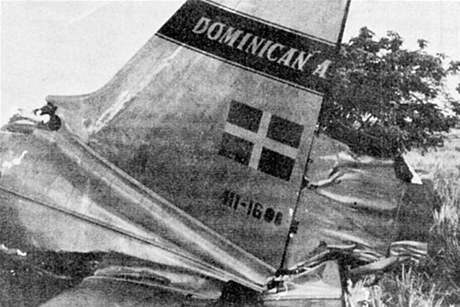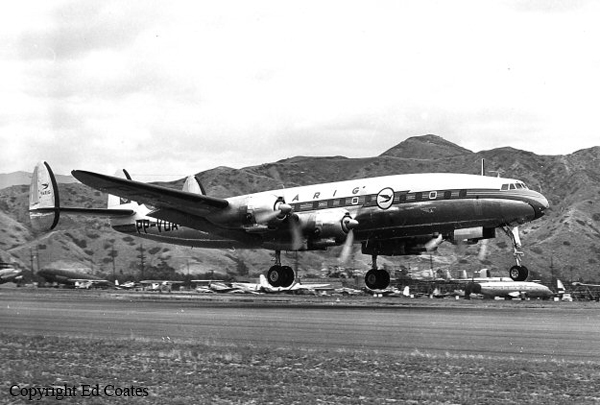Crash of a Curtiss C-46A-60-CK Commando in Ciudad Trujillo: 2 killed
Date & Time:
Jul 17, 1958 at 0616 LT
Registration:
HI-16
Survivors:
No
Schedule:
Ciudad Trujillo – Miami
MSN:
442
YOM:
1945
Flight number:
DO402
Crew on board:
2
Crew fatalities:
Pax on board:
0
Pax fatalities:
Other fatalities:
Total fatalities:
2
Circumstances:
Flight 402 departed Ciudad Trujillo on a cargo flight to Miami, Florida, with a crew of 2 aboard and no passengers. Following take-off from Runway 23 and at a height of approximately 150 ft the aircraft fell to the left of the runway, some 300 ft from the centre line and 200 to 300 ft short of the runway end. Both crew members were killed by the impact which occurred at approximately 1016 hours GMT. The aircraft was destroyed by impact and fire.
Probable cause:
The accident was originally caused by a mechanical defect in the port engine. The immediate cause may have been that the crew, encountering difficulties, applied an abnormal procedure, apparently attempting an emergency wheels up landing and immediately thereafter trying to resume normal flight by applying full power to both engines, as there was no sign that either propeller had been feathered. It is likely that propeller overspeed or excessive decrease in pitch, or difficulties in the attempt to reoperate the defective engine, combined with critical speed at the height reached on take-off, created abnormal flight characteristics which caused the aircraft to stall and crash.
Final Report:





